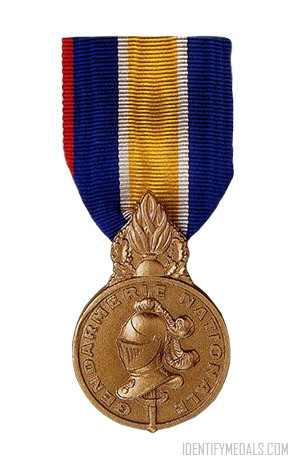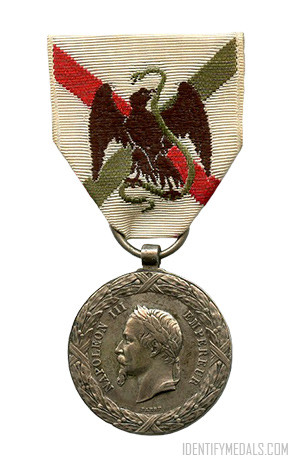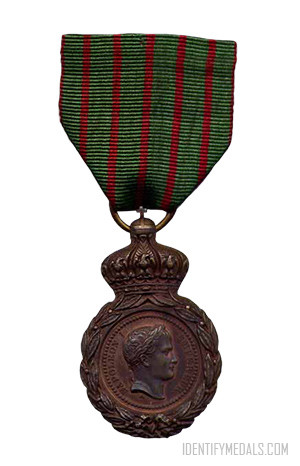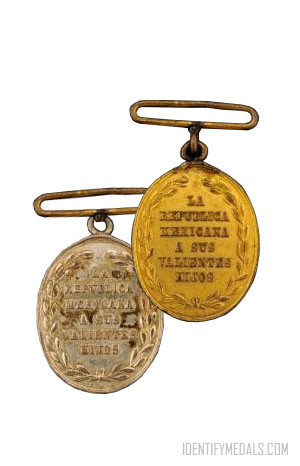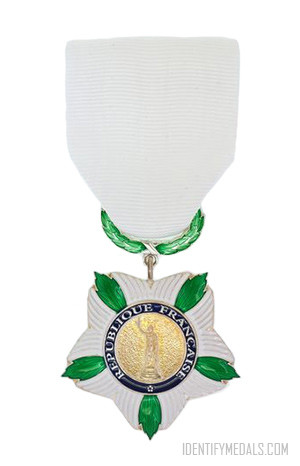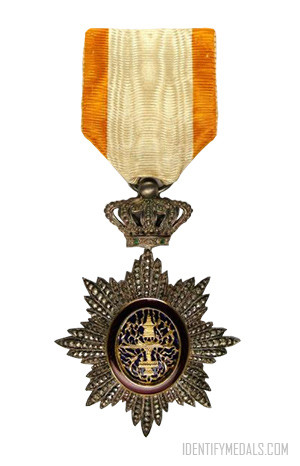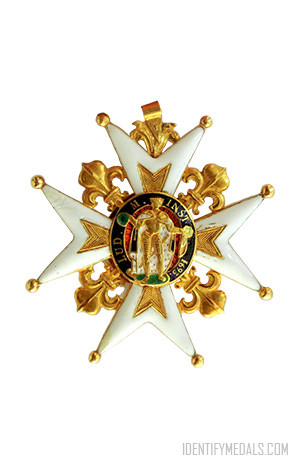- Time Period: Interwars Period
- Institution: 30 April 1921
- Country: France
The War Cross for Foreign Operational Theaters (or Croix de guerre des théâtres d’opérations extérieurs), also called the Croix de Guerre TOE for short, is a French military award denoting citations earned in combat in foreign countries.
The Armistice of November 11, 1918 ended the war between France and Germany, but French soldiers continued fighting in theaters outside metropolitan France. Combat operations continued in Syria, Palestine, Constantinople, Morocco, French West Africa and French Equatorial Africa.
A law was passed on April 30, 1921 establishing the new Croix de guerre for “Théâtres d’opérations extérieurs” (TOE). It was intended to commemorate the individual citations awarded during operations carried out since November 11, 1918 or that would occur in the future, for war service directly related to an expeditionary force used outside of the borders of France.
The War Cross for Foreign Operational Theaters Design
The Croix de guerre des théâtres d’opérations extérieures is a bronze 37 mm wide cross pattée, between the arms, two crossed swords pointing upward.
It was designed by the sculptor Albert Bartholome. On the obverse in a circular medallion, the effigy of the Republic wearing a cap decorated with a laurel wreath, surrounded by a ring bearing the legend: “RÉPUBLIQUE FRANÇAISE”. On the reverse, in the circular medallion the inscription: “THÉÂTRES D’OPÉRATIONS EXTÉRIEURS”.
The cross is suspended by a ring through the suspension loop to a 38 mm wide grey silk moiré ribbon with 10 mm wide red edge stripes. The Croix de guerre TOE is worn on the left side of the chest and when in the presence of other medals of France, is located immediately after the Croix de guerre 1939 – 1945.


